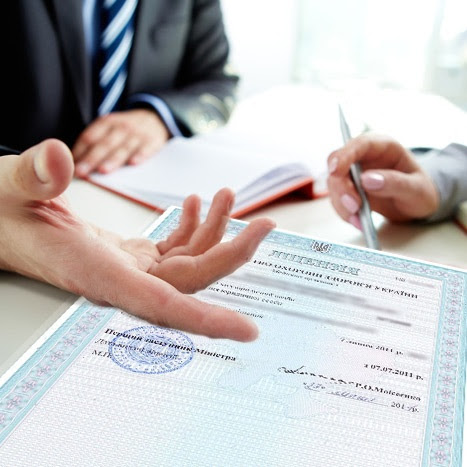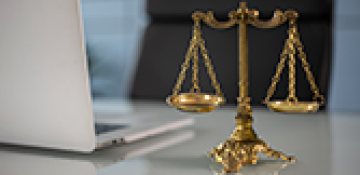I constantly strive to develop and acquire new knowledge, my experience and additional education confirm this.
Issuance of a license provides for the granting of a business entity the right to carry out economic activities in the field of medical practice. This usually happens through a decision by the relevant licensing authority to issue a license.
After obtaining a license, information about it is entered in the license register, which records the fact of the license being issued, as well as details about the business entity and conditions related to the license.
This process aims to ensure the fulfillment of the established requirements, standards and rules in medical practice to ensure the quality and safety of the provision of medical services.
New requirements for licensees of medical practice are stipulated by the Resolution of the CMU dated 27.12.2023 No. 1393 "On Amendments to the Licensing Conditions for Conducting Business Activities in Medical Practice".
It is standard practice for many types of licenses, including medical licenses, to include information on the status of facilities and personnel in the license application. This information helps to assess the applicant's readiness to provide medical services and determine his compliance with established standards and requirements.
Usually, the following information is attached to the license application:
Infrastructure status: This may include information about equipment, facilities, and other resources needed to provide health services. For example, it can be a list of equipment, its technical condition, a description of the premises and their compliance with medical requirements.
Availability of staff: This includes information on the number and qualifications of the medical staff that will work at the facility. The categories of medical workers, their educational level, qualification certificates and other information can be indicated.
This information contributes to the assessment of the applicant's readiness to provide medical services, and also allows regulatory authorities to ensure the compliance of the medical institution with established standards and requirements.
Usually, such a list includes the following items:
Personal documents of the applicant: This can be a passport or other document confirming the identity of the applicant, the registration number of the taxpayer's registration card.
Documents on education and qualifications: Certificates, diplomas or other documents confirming the education and qualifications of the applicant, which are necessary for obtaining a medical license.
Professional experience documents: Information about the applicant's professional experience in the medical field, which may include work reports, references from previous employers, etc.
Documents confirming possession of the necessary skills and knowledge: For example, certificates of completion of advanced training courses, specialized certificates, certificates of completion of specialized training, etc.
Documents on the state of the material and technical base: Information on the state of the equipment, premises and other resources that will be used to provide medical services.
Staffing documents: This may include qualification documents, contracts with employees who will work at the health facility, etc.
Other documents as necessary: Any additional documents that may be required by law or regulatory authorities.
Legal analysis of the situation regarding obtaining a medical license, legal analysis of the situation. You need to contact a qualified specialist who will help you carry out: analysis of the situation by a lawyer, analysis of the situation by a lawyer, legal opinion
































